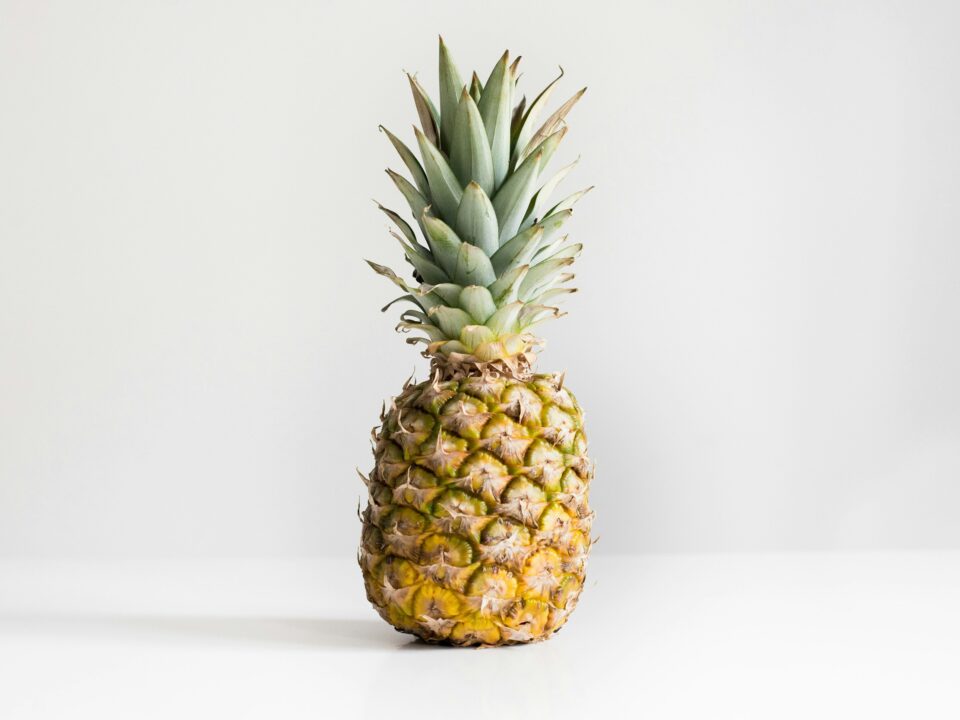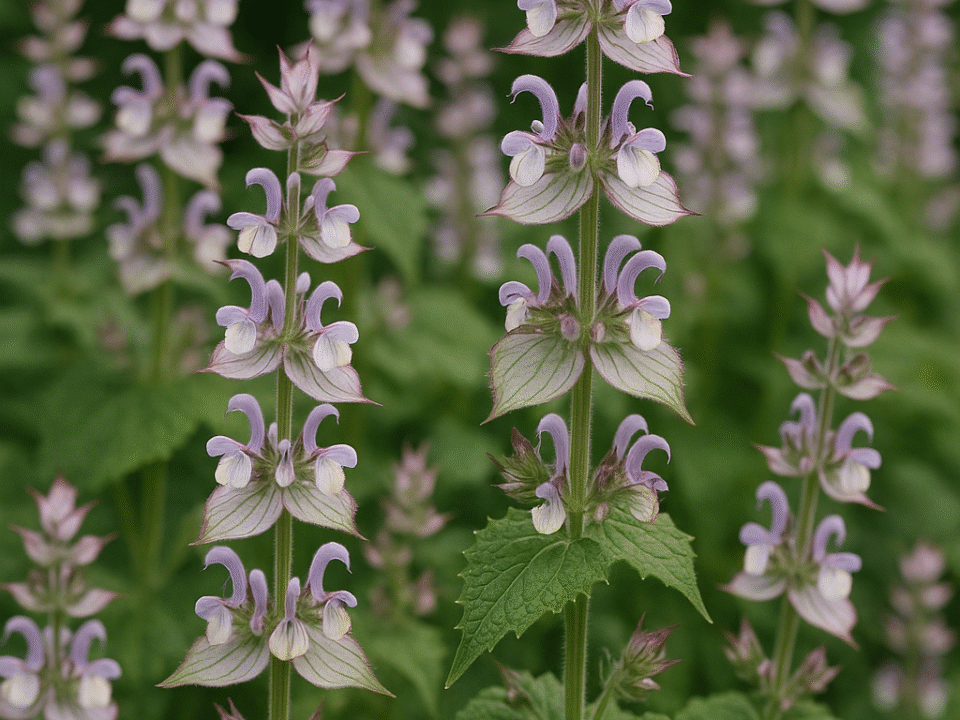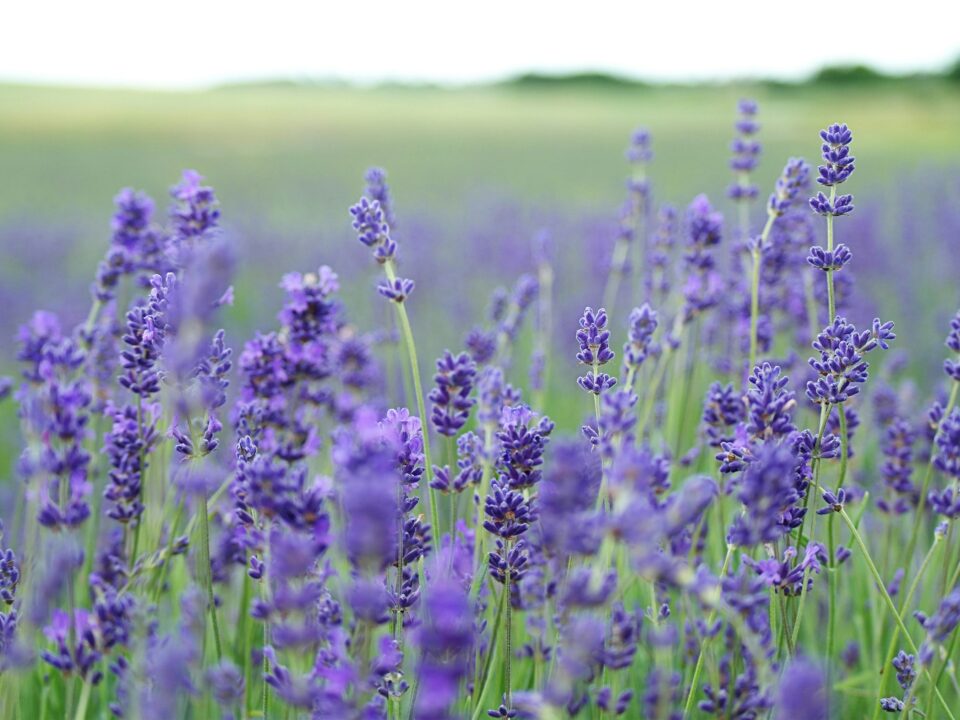
Cocoa beans are dried and fully fermented seeds of Theobroma cacao, from which cocoa solids and butter are derived. Cocoa beans are native to the Amazon rainforest and have been domesticated for over 5,300 years in South America.
Dry cocoa solids are the components of cocoa beans that remain after their fatty component, cocoa butter, has been extracted from chocolate liquor. Chocolate liquor refers to roasted cocoa beans that have been grounded to the liquid state. Cocoa powder is the dry powder that remains after the extraction of cocoa butter, but it still contains a small amount of it.
Natural cocoa powder is produced through the Broma process, which involves removing cocoa fats from the chocolate nibs and then grinding the remaining dry cocoa beans into a powder form that is sold to consumers. This type of cocoa powder has a light-brown color and a pH range of 5.3 to 5.8. Interestingly, due to its acidic nature, natural cocoa powder is commonly used in recipes alongside baking soda to balance the acidity and create carbon dioxide, which helps cakes rise.
In addition to playing a pivotal role in chocolate production, cocoa beans have been widely used for their healing and medicinal properties as far back as the ancient Aztec and Mayan civilizations. Likewise, nowadays, cocoa powder is a common ingredient added to different skincare products.
Cocoa is a rich source of antioxidants, particularly antioxidant flavonoids called flavanols. This helps to limit the production of free radicals, which can damage skin cells and cause premature aging. Antioxidants aid in repairing skin damage caused by environmental toxins, UV sunlight, household chemicals, car exhaust, and cigarette smoke, promoting the growth of new cells and enhancing blood flow, thus keeping the skin looking youthful and radiant. Moreover, cocoa-derived phytochemicals are also gaining recognition for their efficacy in protecting the skin.
Theobromine, one of the constituents of cocoa, acts as a vasodilator that increases blood flow to the skin’s surface. The increased blood flow stops the drying out process which is a common skin reaction when it is sunburned. For this reason, the facilitated blood flow reverses the aging effects of UV rays by promoting healing and renewal, giving the skin a more youthful appearance.
In addition to its antioxidant properties, cocoa contains vitamin C, magnesium, and minerals like calcium, copper, phosphorus, potassium, sodium, and zinc, which help to keep the skin healthy and protected. Cocoa also contains omega-6 fatty acids that assist in cellular skin healing, boosting blood flow, and hydration, leading to improved skin radiance.
Topical application of cocoa can help reduce scars, particularly contracture scarring, and increase collagen production, which keeps the skin firm and elastic. Applying a cocoa powder face mask can also increase blood flow, hydrate the skin, mitigate cellular breakdown, and improve skin radiance, resulting in a more youthful and radiant complexion.
Overall, cocoa powder is considered safe for all skin types and is safe to use on daily basis.



